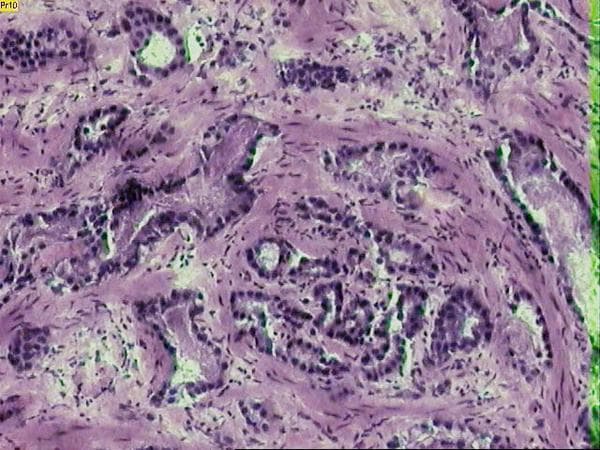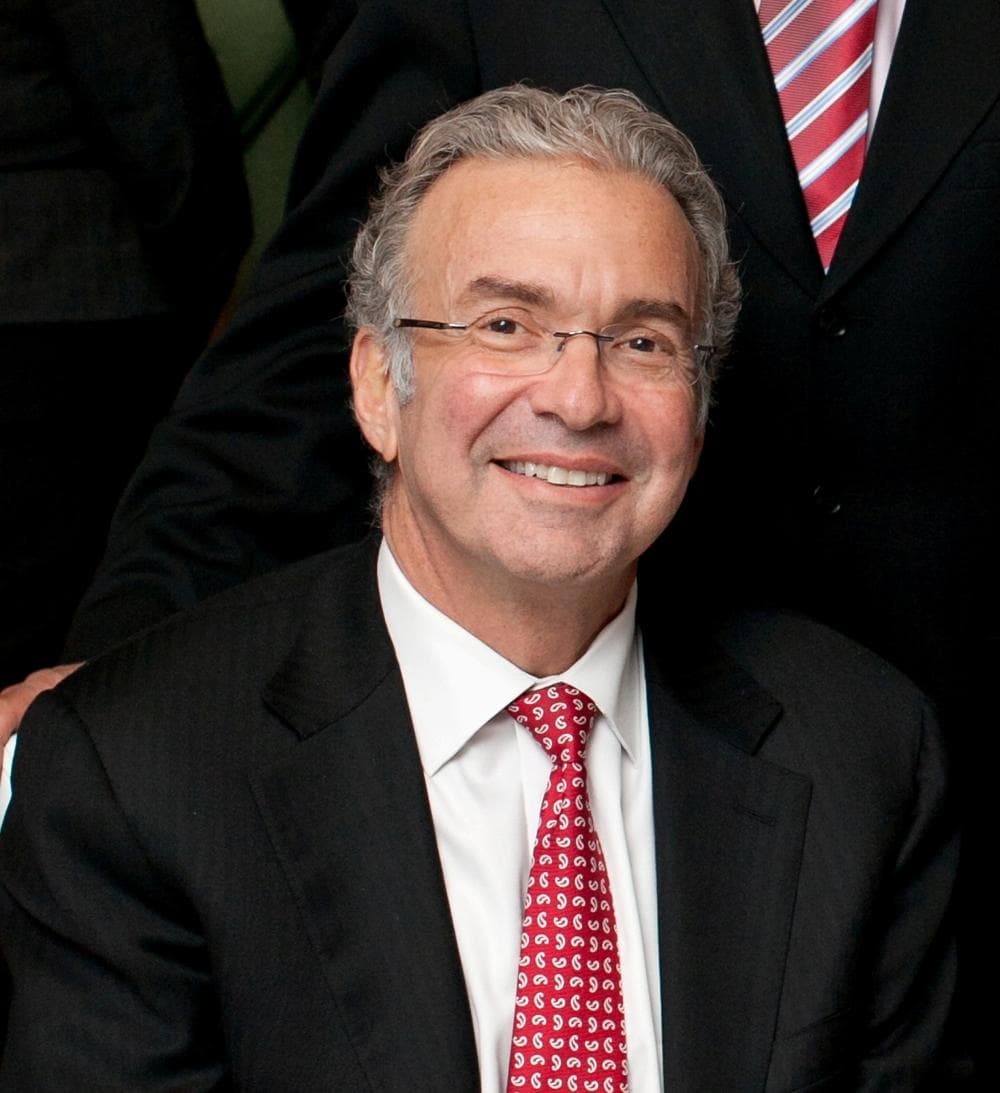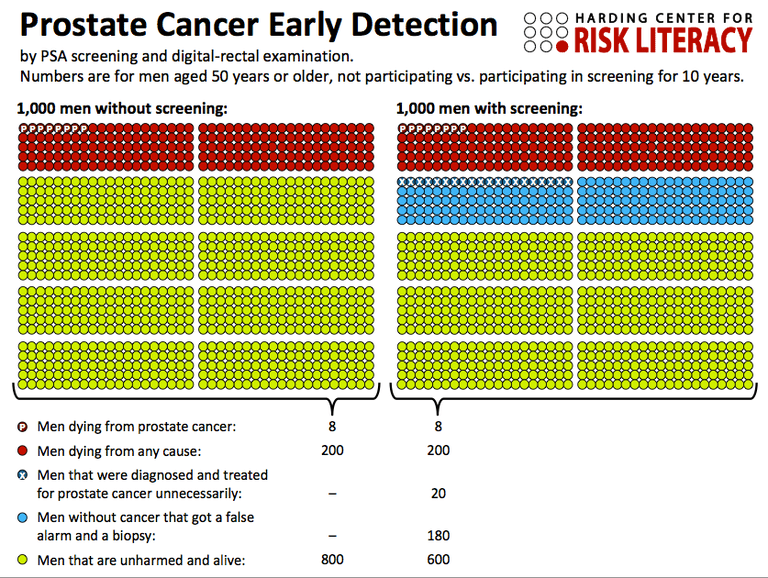Advertisement
Prostate Round-Up: The Ever-Growing Appeal Of Watchful Waiting

I stand accused (by a man) of paying little heed to recent important prostate news because I lack that particular bit of anatomy myself.
Guilty. But please let me make up for my neglect. Here's a round-up of the latest wisdom on prostate cancer, and here's its bottom line: In the prostate cancer field, "watchful waiting" — officially known as "active surveillance" — has never looked better.
Dr. Philip Kantoff, director of the Lank Center for Genitourinary Oncology at Dana Farber Cancer Institute: "This study strongly supports the option of active surveillance in men with good-risk prostate cancer."
The study he was referring to is just out in The New England Journal of Medicine here, and it's a high-quality study that randomly assigned 731 men with localized prostate cancer either to surgery or to observation.

A decade later, the outcomes of the two groups were strikingly similar: In the prostate surgery group, 171 of 364 men, or 47 percent, died. In the observation group, 183 out of 367, or 49.9 percent, died. "Among men assigned to radical prostatectomy, 21 (5.8%) died from prostate cancer or treatment, as compared with 31 men (8.4%) assigned to observation," the study reports. How can this be? Prostate cancer is often "indolent;" it can grow very slowly and pose little threat for a long time.
A bit more from Dr. Kantoff: "This is a very important study. It supports what we have known for some time, that there is a great deal of over-treatment of prostate cancer, particularly for men with low risk prostate cancer. More and more physicians and patients are adopting active surveillance as a viable option for men with low risk prostate cancer."
"Having said that, we need better tests that assure us that low-risk patients will not progress, or progress at a pace that will not interfere with their life expectancy. Moreover, the early identification of men with high-risk prostate cancer through PSA and any other means is critical, since these men are likely to die of prostate cancer if not treated and detected early.
[module align="left" width="half" type="pull-quote"] I'd probably want to fight the instinct to 'just get it out,' and instead live with it for a while.[/module]
This study does not undermine the value of PSA but underscores the importance of proper use of PSA in appropriate populations, appropriate use of the biopsy, and most importantly, the appropriate allocation of treatment to those who need treatment. The USPSTF recommendation fails to distinguish the value of PSA in saving lives from the problem of overtreatment."
THe USPSTF is the United States Preventive Services Task Force, which last October issued a highly controversial recommendation against the PSA prostate cancer screening test in healthy men.
The Boston Globe reports this week that in response to that recommendation, some primary care doctors are now ordering fewer PSA tests. They also note that it's as important as ever for men at higher risk — because they're African-American or have a family history of prostate cancer — to get PSA screening.
These two lines — the PSA test and "watchful waiting" for identified cancer -- do intersect. When CommonHealth posted the graphic below in May, a commenter identified as Tim Bartik pointed out:
The real issue is the effectiveness of treatment. If more men with low-risk prostate cancer would choose active surveillance after diagnosis, we could probably reduce the number of men with serious side-effects without a significant sacrifice in lives saved. It is not the screening that is the problem. It is what people do with the screening and biopsy information.

The New England Journal of Medicine study could help shift those responses; it could tip the balance farther toward more "watchful waiting," which could in turn reduce the harm that can stem from PSA tests. Personally, if I did have a prostate, I think I'd now head into a PSA screening or a biopsy with the idea in my head beforehand that if low-risk cancer turns up, I'll probably want to fight the instinct to "just get it out," and instead live with it for a while.
What are men of middle age and above to do in the meantime? Well, I have complex feelings about the medical-information industry known as Dr. Oz. One of my best recent New Yorker laughs came from a cartoon of a doctor's office with a sign on the wall saying, "Thank you for not mentioning Dr. Oz." And I've heard him propound some pretty dubious advice.
But he does offer a relatively straightforward picture in this USA Today piece, including the inarguable "Talk to your doc."
This program aired on July 25, 2012. The audio for this program is not available.
